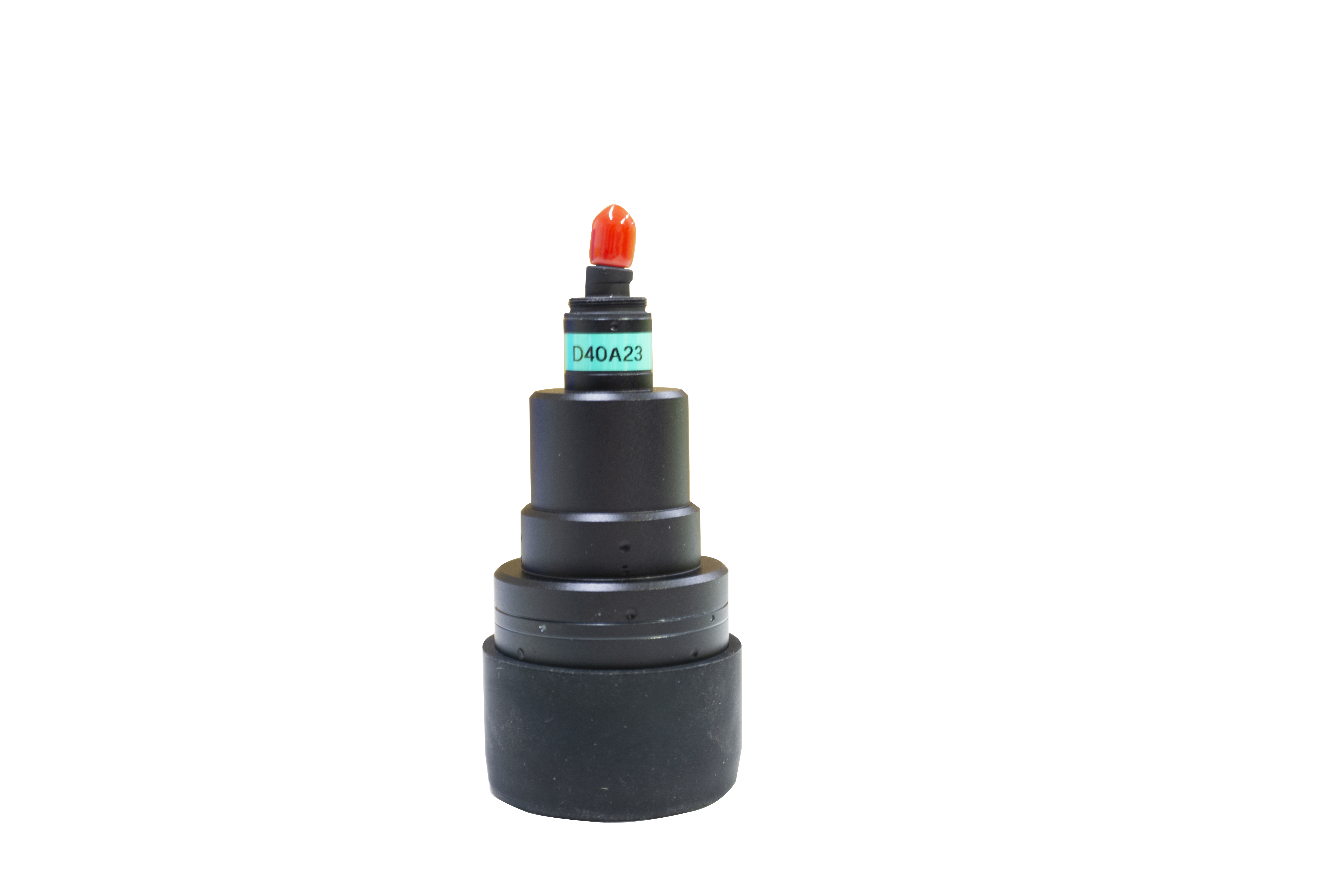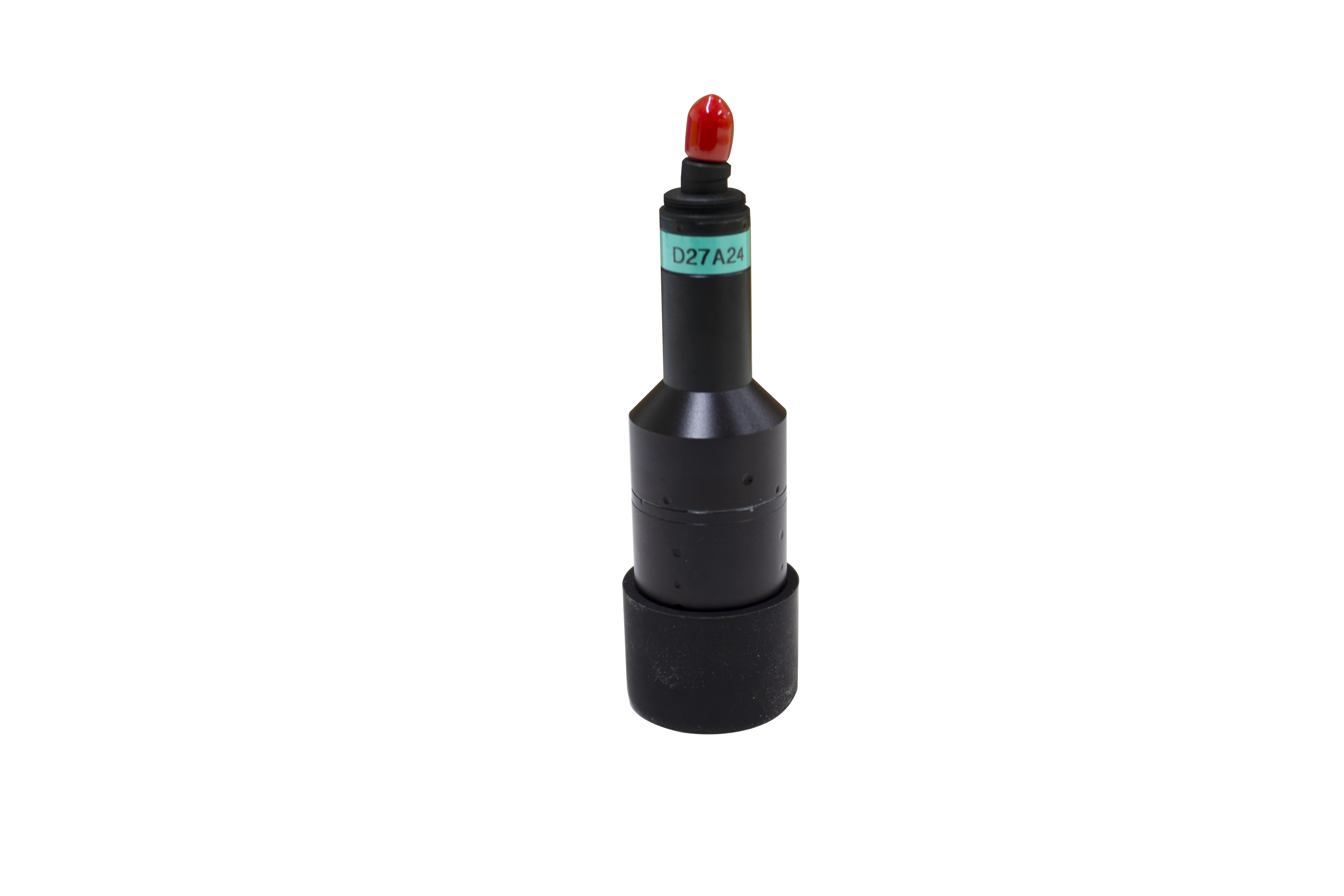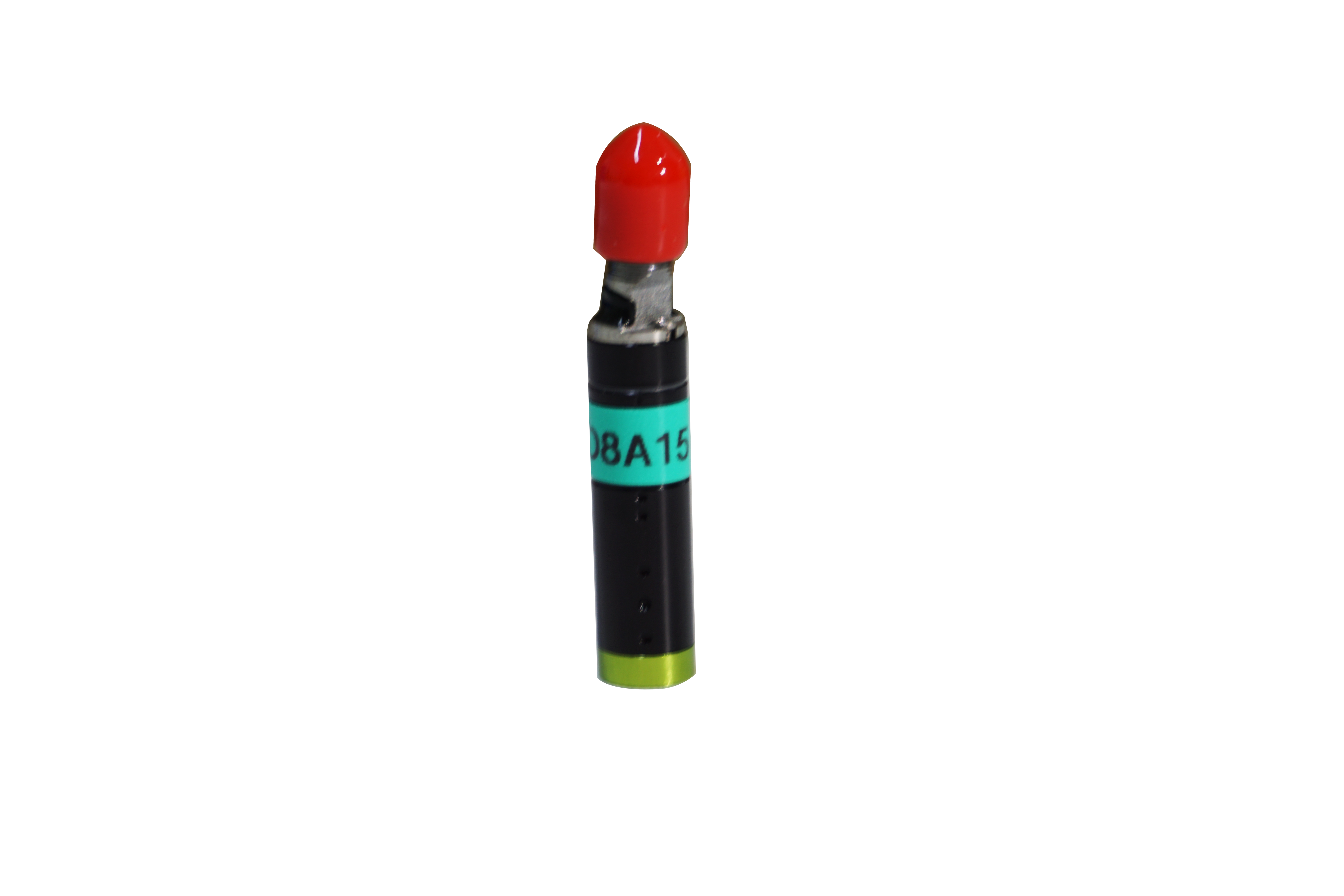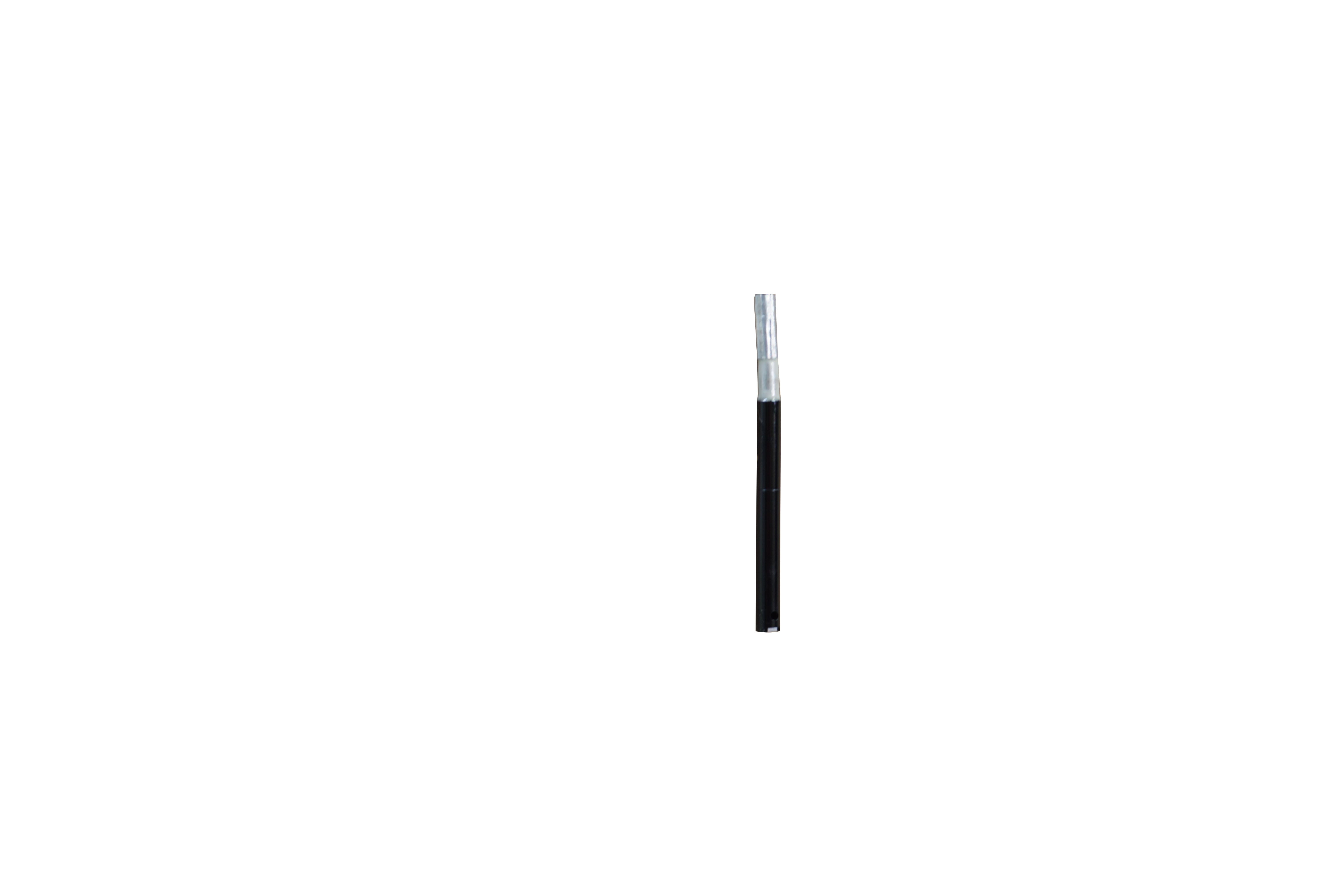2022-12-16
Today, 3D machine vision designers have several options available to address 3D applications, including laser displacement systems (also known as laser scanners), stereoscopic and time-of-flight (ToF) solutions. Of these three solution sets, laser displacement sensors are the most common, providing the fastest, most accurate and cost-effective 3D data acquisition for both online and offline operations.
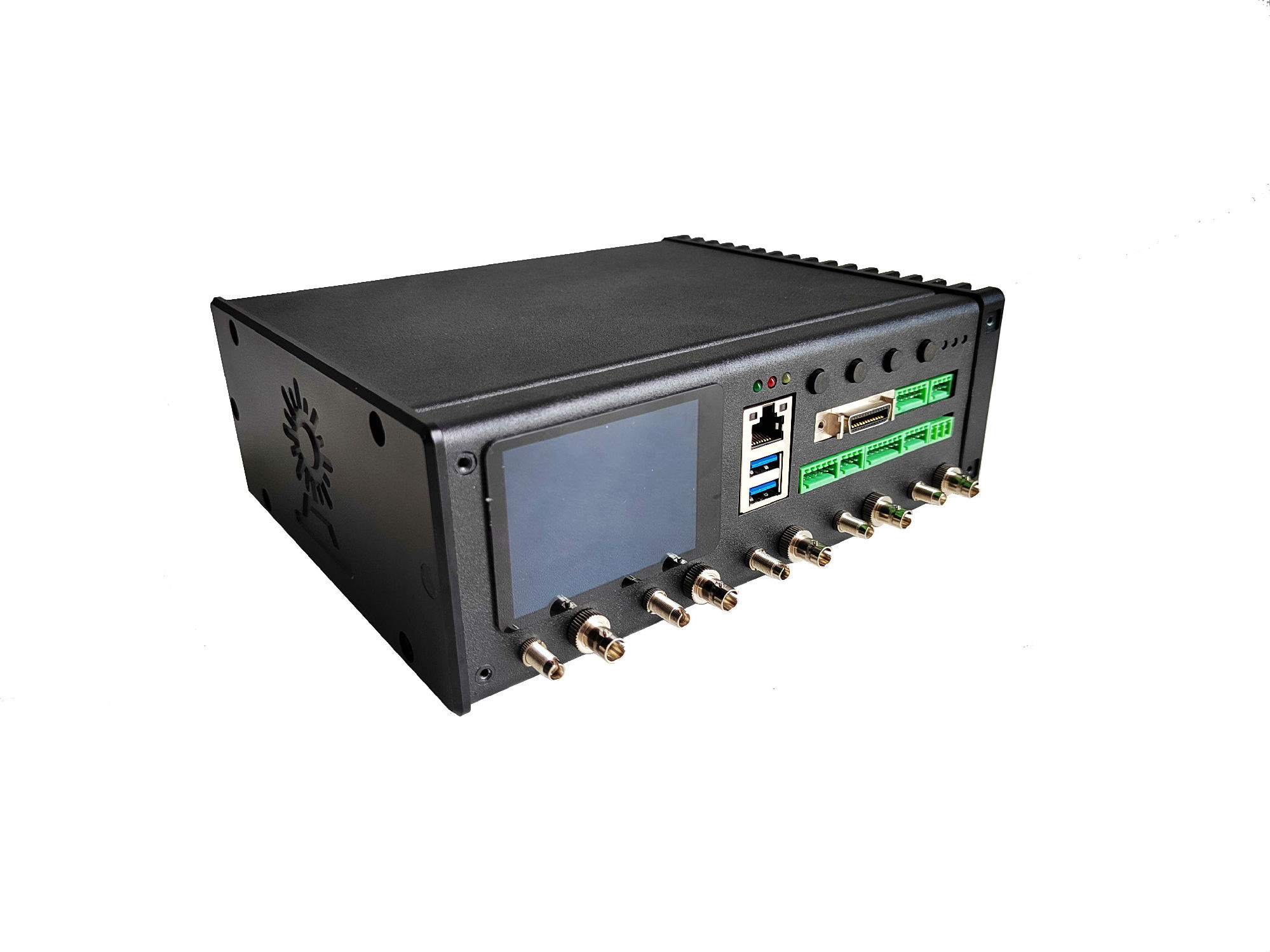
I. Profiler and linear displacement and area displacement
Laser displacement sensors can generate accurate 2D and 3D surface measurements, including the object's height, width, Angle, area, and position.
Laser displacement sensors are divided into three main types: linear profilers, linear displacement sensors, and area scan displacement sensors.
Laser profilers generate 2D image slices (for example, an image of an object cut in half) or 3D surface drawings by stacking individual contours into a continuous image. Typically, this is done using motion data from an encoder that tracks the scanned object.
Laser displacement sensors take this one step further, generating a realistic 3D point cloud of the entire object to improve accuracy and usability (assuming the image processing software is fully optimized to work in a true 3D environment). Laser displacement sensors are also mounted above and occasionally below the conveyor belt to scan for moving objects. These sensors are sometimes attached to the end of the robotic arm to provide the scanning motion of the sensor to the object.
Finally, some area-scanning displacement sensors use microelectromechanical (MEM) mirrors to move the laser around an object, rather than relying on the object moving relative to the laser.
Two, laser triangulation height
Laser displacement sensors use laser triangulation to determine the height of the pixel distance from the calibration reference plane (think of the "zero" position on a line chart). In operation, a laser displacement sensor projects a laser line onto an object that can be stationary or in relative motion. For example, linear displacement sensors used in machine vision systems can be mounted above a moving conveyor belt or mounted on a moving robotic arm.
The digital sensor is located at a known distance and Angle from the laser line generator inside the laser displacement sensor to capture the reflected light. Laser triangulation software running within the sensor reconstructs a surface map, or 3D point cloud, based on the shape changes of the projected laser lines as they move over the object. The results are then communicated to downstream PLCS, material handling systems, and/or production tracking software for further action.
